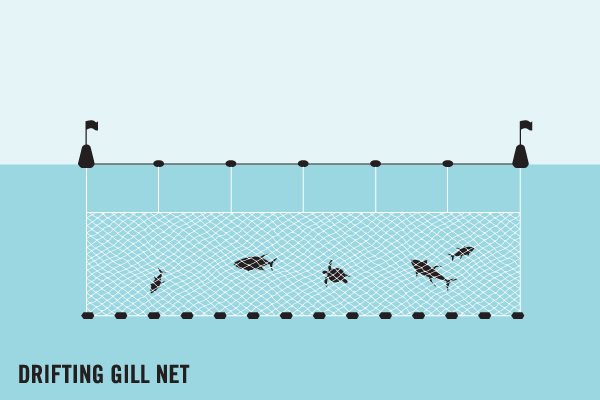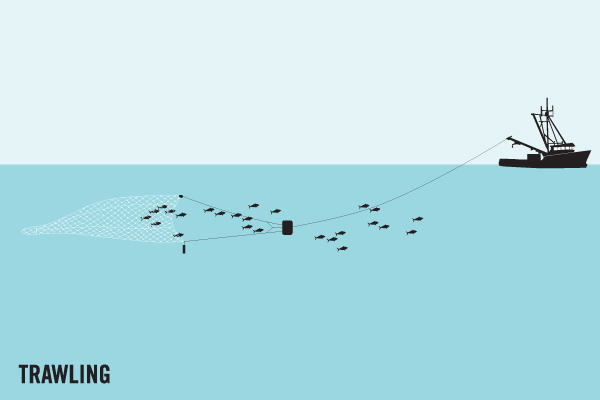Average Weight/Length
May reach 20 inches; usual maximum is 15 inches. World record 3 pounds, 2 ounces.
Location Habitat
Mangrove areas, canals. Like the Common Snook, hangs around bridge and dock pilings. Inhabits coastal waters, estuaries and lagoons, penetrating into freshwater; usually prefers very low brackish water or freshwater. Feeds on fish and crustaceans
Biology & Physical Description
The name refers to the upturned forward portion of the head, which somewhat resembles that of the Tarpon. The body is much more compressed than in other species.
Geographic Species Map (Fishbase.org Map)
|
|

|
Summary of Distribution: Western Atlantic: southern Florida (USA), Mexico, and the West Indies to Brazil. |
|
Note: Distribution range colors indicate degree of suitability of habitat which can be interpreted as probabilities of occurrence (fishbase.org) |
|
Sport Fishing Techniques
|
|
Gill netsGill-nets are the dominant gear in the Indian Ocean. Gill-nets are used in artisanal and semi-industrial fisheries, contributing to 30-40% of the total catch. The net design is comprised of continuous panels of uniform mesh size, aimed to trap fish behind the gills. The International Sustainable Seafood Foundation (ISSF) notes that rates of sharks and turtle by-catch in Indian Ocean gill-net fisheries are high.. |
|
|
|
Kite Fishing (Trolling)Kite Fishing Trolling is when you are.... |
|
|
|
TrawlingTrawling is when.... |
|
Tackle & Baits
The lightest spinning, baitcasting and fly tackle, with small jigs, surface and swimming plugs, streamer flies. Preferred naturals are live shrimp, Pilchards, small Pinfish.
Game Rating
Game Rating : 5/10
Game Description :
A good battler for its size, but its slighter body makes it less sporty than similar sizes of Common and Fat Snook.
Food Rating
Game Rating : 6/10
Game Description :
Good but usually not eaten.




















 Snook (Tarpon Snook)
Snook (Tarpon Snook) 

.jpg)


